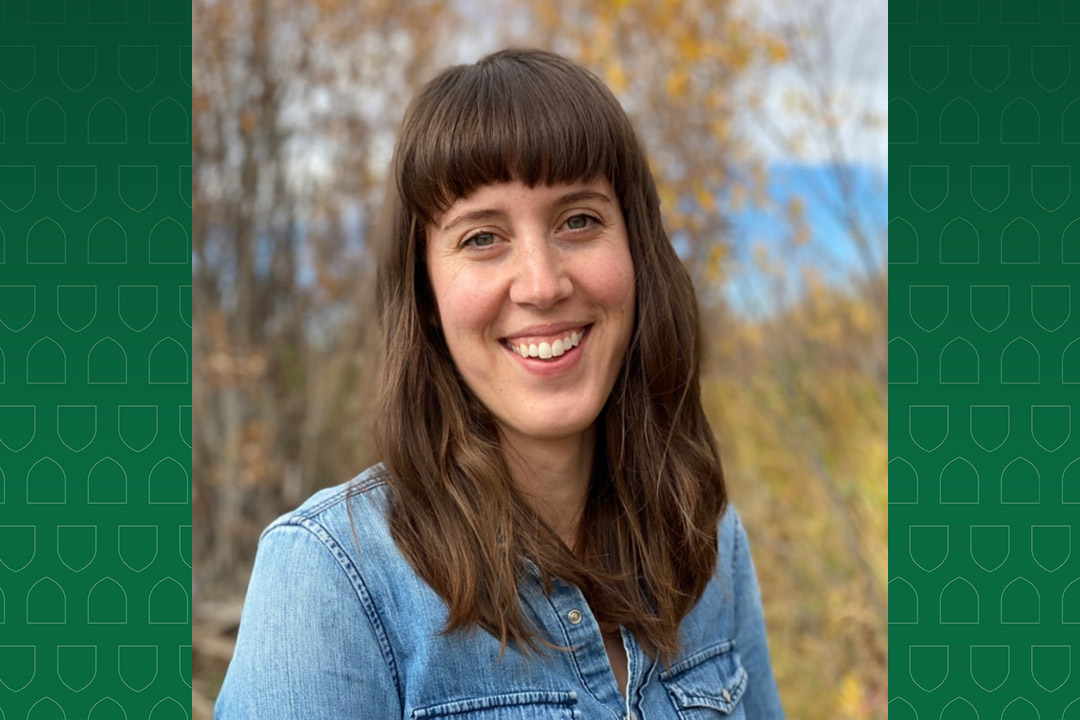
USask study helps build a new ‘normal’ for family planning in 2SLGBTQ+ communities
Almost every human faces the monumental and deeply personal choice to have children or not. The decision can be extremely complex, especially for members of the Two-Spirit, lesbian, gay, bisexual, transgender, and queer (2SLGBTQ+) community.
By Brooke KleiboerResearch by University of Saskatchewan (USask) College of Nursing graduate student Kerry Marshall brings to light the barriers and challenges the 2SLGBTQ+ community faces and examines how health care providers can support members in their family planning decisions.
“We may not always recognize the impacts that dominant and widespread beliefs have on the experiences of individuals who are living outside of dominant identities,” said Marshall.
“Ideals of normal are the overarching beliefs in society that make being heterosexual and cisgender (when your gender identity matches the sex you were assigned at birth) the most ‘normal’ for an individual. It is important that we are aware of the impacts that dominant beliefs have on people’s lived experience.”
Marshall used an intersectional approach, examining how various aspects of a person’s identity, such as sex, gender, sexual orientation, age, and ethnicity, play a role in the barriers individuals face when making fertility decisions. She interviewed 11 individuals in the 2SLGBTQ+ community about their experience with making fertility decisions.
The results showed that a combination of a 2SLGBTQ+ individual's concept of what is “normal” tends to intersect with that person’s experiences of family and personal identity when it comes to their fertility intentions.
Marshall identified that members of the 2SLGBTQ+ community are likely to encounter both supportive and suppressive factors as they work through family planning decisions. Supportive factors that include their surrounding community create positive impacts on individuals, while suppressive factors such as financial, social and biological constraints can add difficulty to an already challenging process.
Factors such as family situations and health care systems can be both supportive and suppressive at the same time. This means 2SLGBTQ+ individuals are more likely than their cisgender counterparts to encounter additional barriers to fertility, such as significant financial implications and institutional oppressions when making fertility decisions.
Marshall published an article based on the study in Canadian Nurse magazine, highlighting calls to action for nurses to improve the health care experiences of 2SLGBTQ+ individuals. Some recommendations included using inclusive language, practicing in a trauma-informed manner, and implementing gender-neutral patient intake forms that enable persons to state their preferred pronouns.
“What was surprising with the research was to find out more about how applicable the findings could be to many groups that experience barriers and oppressions, not just members of the 2SLGBTQ+ community, and how important it is to challenge and change dominant ways of thinking,” she said.
Marshall completed her master’s degree in nursing from USask in 2021 and was supervised by Dr. Wanda Martin (RN, PhD). She is now a PhD student at the University of British Columbia, studying sex, gender and sexuality. She plans to work toward publishing an academic paper based on the work conducted during her master’s program.
The research was supported by the Canadian Institutes for Health Research.
This article first ran as part of the 2022 Young Innovators series, an initiative of the USask Research Profile and Impact office in partnership with the Saskatoon StarPhoenix.
Article re-posted on .
View original article.

